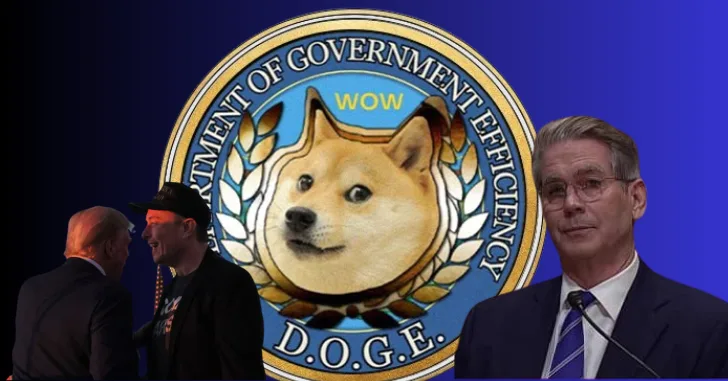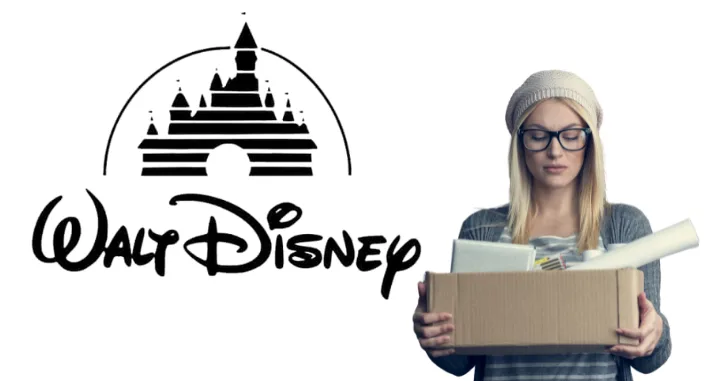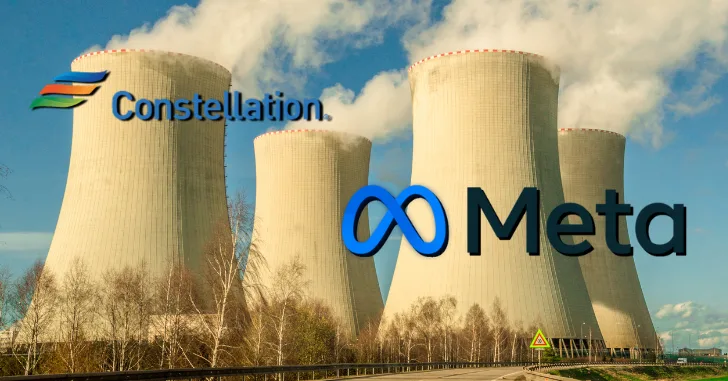The Department of Government Efficiency (D.O.G.E.), spearheaded by Elon Musk and endorsed by Treasury Secretary Scott Bessent, claims to have saved the U.S. government $50 billion. Billed as a revolutionary initiative to streamline federal operations and reduce wasteful spending, D.O.G.E. has attracted both praise and criticism. While its proponents see it as a necessary reform to rein in excessive government spending, critics question the transparency of its claims and the social cost of its methods. This article examines the origins, achievements, controversies, and future outlook of D.O.G.E., with a particular focus on Bessent’s $50 billion savings assertion.
Origins and Objectives of D.O.G.E.
D.O.G.E. was established to inject private sector efficiency into government operations. Elon Musk, known for disrupting industries, was appointed to lead the initiative. The mission: eliminate waste, streamline bureaucracy, and enhance government performance. The Department aimed to achieve these goals by auditing federal agencies, identifying inefficiencies, and implementing bold cost-cutting measures.
Bessent’s endorsement of Musk signaled a shift towards market-driven approaches within the federal government. D.O.G.E. targeted agencies with histories of inefficiencies, including the U.S. Agency for International Development (USAID), the Department of Education, and the Centers for Disease Control and Prevention (CDC).
Key Achievements Claimed by D.O.G.E.
Total Savings Claimed: $50 Billion
According to Bessent, D.O.G.E. has saved the federal government $50 billion. The savings reportedly stem from:
- USAID: $6.5 billion saved by canceling underperforming programs.
- Department of Education: $502 million saved through consolidation initiatives.
- Fraud Prevention: Billions saved by identifying and eliminating fraudulent contracts.
- Asset Sales: Disposing of underutilized government properties.
- Contract Cancellations: Large federal contracts canceled or renegotiated.
A key component of D.O.G.E.’s transparency efforts is the “Wall of Receipts,” a public data portal that lists cost-cutting measures. However, critics note that the portal only accounts for $16.6 billion of the claimed savings, leaving a $33.4 billion gap unexplained.
Controversies and Criticisms Surrounding D.O.G.E.
Discrepancies in Reported Savings
The biggest controversy centers on the discrepancy between the $50 billion claimed savings and the $16.6 billion documented in the public portal. A notable error involved an $8 billion contract cancellation, later corrected to $8 million. Such discrepancies have fueled skepticism about D.O.G.E.’s transparency and accuracy.
Impact on Government Services
Mass layoffs have raised concerns about D.O.G.E.’s methods. Agencies like the CDC and the National Park Service reported operational disruptions. The abrupt closure of the JFK Presidential Library further intensified public backlash. Critics argue that cost-cutting has compromised essential public services, potentially causing long-term harm.
Data Privacy and Oversight Concerns
D.O.G.E.’s access to sensitive government data has also stirred controversy. Despite Bessent’s assurances that access is limited to “read-only,” lawmakers and watchdog groups fear the potential misuse of such data. The lack of independent oversight further complicates the issue.
Arguments in Favor of D.O.G.E.’s Efforts
Supporters argue that D.O.G.E. represents a long-overdue push for accountability in government spending. They highlight Musk’s track record of delivering results and view D.O.G.E. as a step toward reducing the taxpayer burden. Bessent maintains that short-term disruptions will lead to long-term benefits, including a leaner, more efficient government.
Arguments Against D.O.G.E.’s Approach
Detractors argue that D.O.G.E.’s aggressive cost-cutting undermines essential services. They point to the lack of transparency in the reported savings and raise ethical concerns over mass layoffs. Furthermore, critics worry about the centralization of power in the hands of a private individual with access to sensitive data.
Expert Opinions and Independent Analyses
Economists and government analysts remain divided. Some applaud D.O.G.E.’s objectives, while others question its execution. Watchdog groups demand more transparency and independent verification of the reported savings. International comparisons show that while similar initiatives have yielded short-term gains, long-term sustainability remains uncertain.
Scott Bessent’s Defense of D.O.G.E.
Bessent has defended D.O.G.E., emphasizing that the $50 billion savings claim is based on conservative estimates. He attributes discrepancies to data processing delays and insists that more savings will be itemized soon. Bessent also downplays concerns about operational disruptions, arguing that efficiency gains outweigh temporary setbacks.
The Road Ahead: What’s Next for D.O.G.E.
Looking forward, D.O.G.E. plans to expand its efforts into more federal agencies. The initiative’s success will depend on addressing transparency issues and balancing cost-cutting with operational effectiveness. Political implications loom large, with D.O.G.E. likely to be a key topic in upcoming elections.
Conclusion
The D.O.G.E. initiative, led by Elon Musk and endorsed by Scott Bessent, claims to have saved $50 billion for U.S. taxpayers. While supporters hail it as a breakthrough in government efficiency, critics question the accuracy of its claims and the social cost of its methods. The future of D.O.G.E. hinges on its ability to substantiate its savings claims and prove that efficiency does not come at the expense of essential public services.





